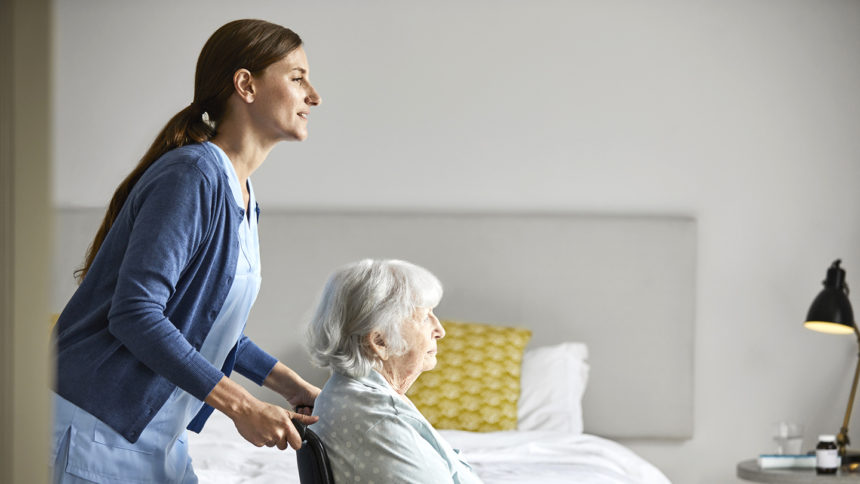
Throughout July, the pace of move-ins remained steady for assisted living communities (50%) but declined for independent living communities (31%) and nursing homes (29%). That’s according to the latest Executive Survey Insights report released Thursday by the National Investment Center for Seniors Housing & Care.
The Wave 43 survey includes responses collected June 27 to July 24 from owners and executives of 50 senior living and skilled nursing operators across the nation, representing hundreds of buildings and thousands of units across respondents’ portfolios.
Across the Wave 43 survey, the recent flattening or declining pace of move-ins largely corresponds with the incidence of COVID-19 outbreaks, NIC said. Data from the time period between the Wave 42 and Wave 43 surveys show that this is the time period when BA.4 and BA.5 subvariants emerged as dominant strains.
Skilled nursing facilities in particular are feeling the sting of declining acceleration of move-ins. According to NIC, this marks the second consecutive wave where the shares of SNFs reporting an acceleration in the pace of move-ins has decreased from the prior wave, down from 68% in Wave 41 and 37% in Wave 42. Deceleration in the pace of move-ins increased for the sector for the second consecutive wave; organizations reporting deceleration rose from 7% in Wave 41 and 17% in Wave 42.
“Interestingly, with 48% of respondents reporting a decrease in the pace of move-ins, memory care properties rebounded from the significant decrease that was experienced in Wave 42,” NIC Senior Principal Ryan Brooks wrote.
According to the survey, the pace of move-outs remained mostly unchanged throughout the month. Seventy-seven percent of independent living operators, 74% of assisted living, 63% of memory care and 58% of nursing care operators reported no change in the pace of their move-outs.
Insurance premiums up ‘significantly’ for many
Thirty-two percent of assisted living, 27% of skilled nursing, 25% of memory care and 24% of independent living community respondents indicated that their property insurance premiums have increased “significantly.” Six percent of independent living operators, and 3% of assisted living and memory care operators, reported a decline in property insurance premiums.
“Among the reasons cited for the increases are lack of competition in local markets, COVID concerns and litigation, increased frequency of natural disasters, and a nationwide increase in frequency and severity of claims,” Brooks wrote.
Professional liability insurance premiums have increased slightly for approximately half of respondents. Premiums have increased “significantly,” however, for 30% of skilled nursing provider respondents, 26% of those in assisted living, 19% of memory care-related participants and 14% of independent living respondents.
Only 3% of independent living respondents indicated experiencing a slight decrease in professional liability insurance premiums. None of the assisted living, memory care or nursing care participants indicated a decrease in their professional liability insurance premiums.


